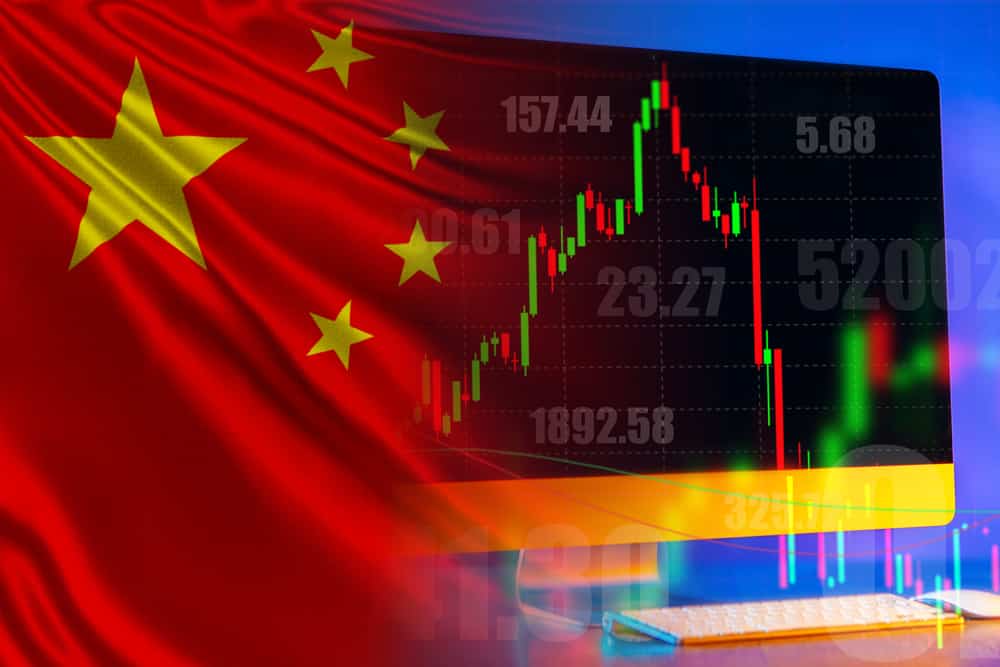
China-new anti-dumping probe
Following the expiration of tariffs in place for the previous five years, China launched an anti-dumping investigation into grain-oriented flat-rolled electrical steel imported from Japan, South Korea, and the European Union.
Those tariffs, however, will be reinstated after a year-long investigation, according to China’s Ministry of Commerce.
The investigation comes after China Baoshan Iron and Steel, and Beijing Shougang petitioned the ministry in May. They are claiming that lifting tariffs would lead to more dumping and harm the domestic steel industry.
JFE Steel Corp, Nippon Steel, and Sumitomo Metal will pay anti-dumping duties ranging from 39% to 45.7 %. Tariffs for the EU are 46.3 per cent, while tariffs for Korean companies are 37.3%.
Electrical steel
The ministry also stated that China would extend the price undertaking agreement with POSCO (NYSE: PKX). Anti-dumping duties on electrical steel from the United Kingdom eliminate.
Oriented electrical steel, also known as oriented silicon steel, is more expensive than carbon steel and is used in transformers.
China is the world’s largest producer of steel. In 2020, its output of oriented electrical steel estimate to be around 1.6 million tonnes.
Trading
China and the United States are exchanging goods at the fastest rate in years. According to Bloomberg. That gives the impression that the tariff war and COVID-19 did not affect the world’s most important bilateral trade relationship. Bilateral trade in goods is a source of stability in a relationship that otherwise strains. Due to shutdowns, monthly two-way trade fell to $19 billion in February 2020.
However, according to official Chinese data, trade numbers have rebounded in the last year to set new records. This boom is likely to continue as China purchases millions of tons of farm commodities from the United States this year and next. While the government of the United States reports slightly different figures on trade, the brisk pace has defied all expectations that the tariffs still in place on hundreds of billions of dollars in merchandise would disrupt supply chains.
Both sides bear the extra cost as China continues to buy large quantities of farm products to meet the terms of the 2020 Phase One Trade Agreement.
U.S. companies continue to buy products that they can’t get anywhere else to meet rising consumer demand.
Set up an industrial cluster
On Thursday night, China issued a directive. The government is directing central regions to develop regional industrial cluster bases, emphasizing high technologies such as new materials.
The guideline outlined a development timeline for Central China regions, stating that by the end of 2035, the area should have essentially built a modernized economic system. By that time, the region’s industries should be moving toward medium or high levels in general, with an improved open financial mechanism.
The government, in particular, is directing Central Chinese regions to establish industrial cluster bases with various underlying industrial focuses for other areas.
Hubei Province in Central China, for example, will need to strengthen its optronics industry. The government plans to establish an optics valley in Wuhan.
According to the guidelines, a particular emphasis will place on upgrading Central China’s existing manufacturing industries. Traditional industries such as Henan’s light fabrics, Hunan’s mining, and Hubei’s construction materials will be encouraged to become more intelligent and environmentally friendly.


